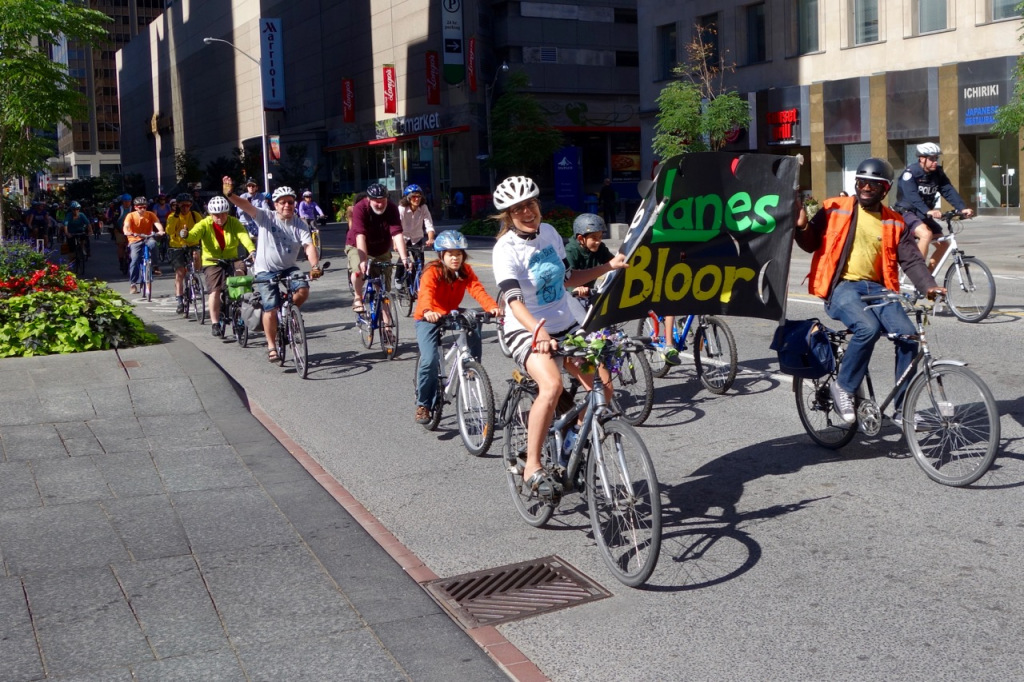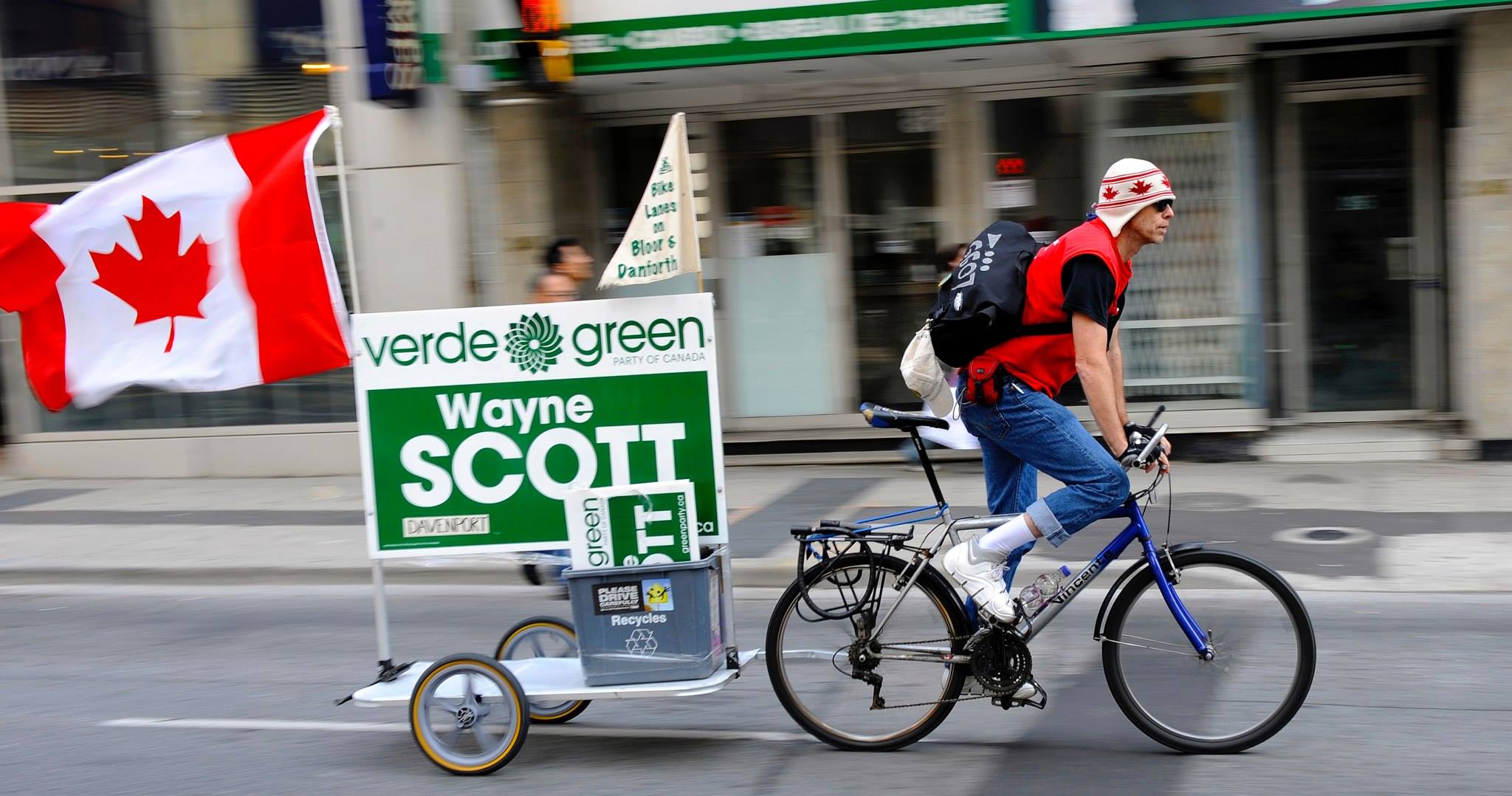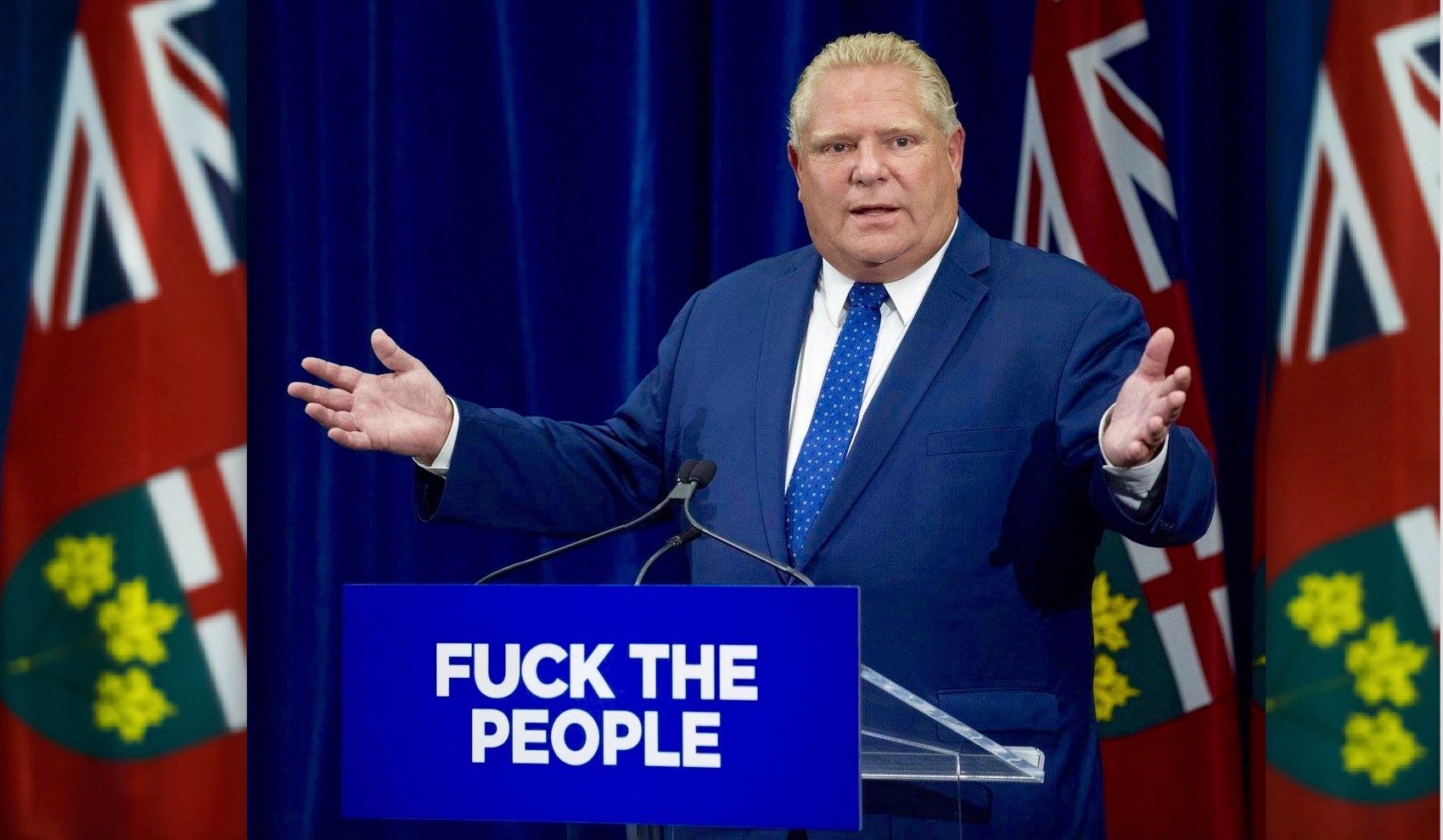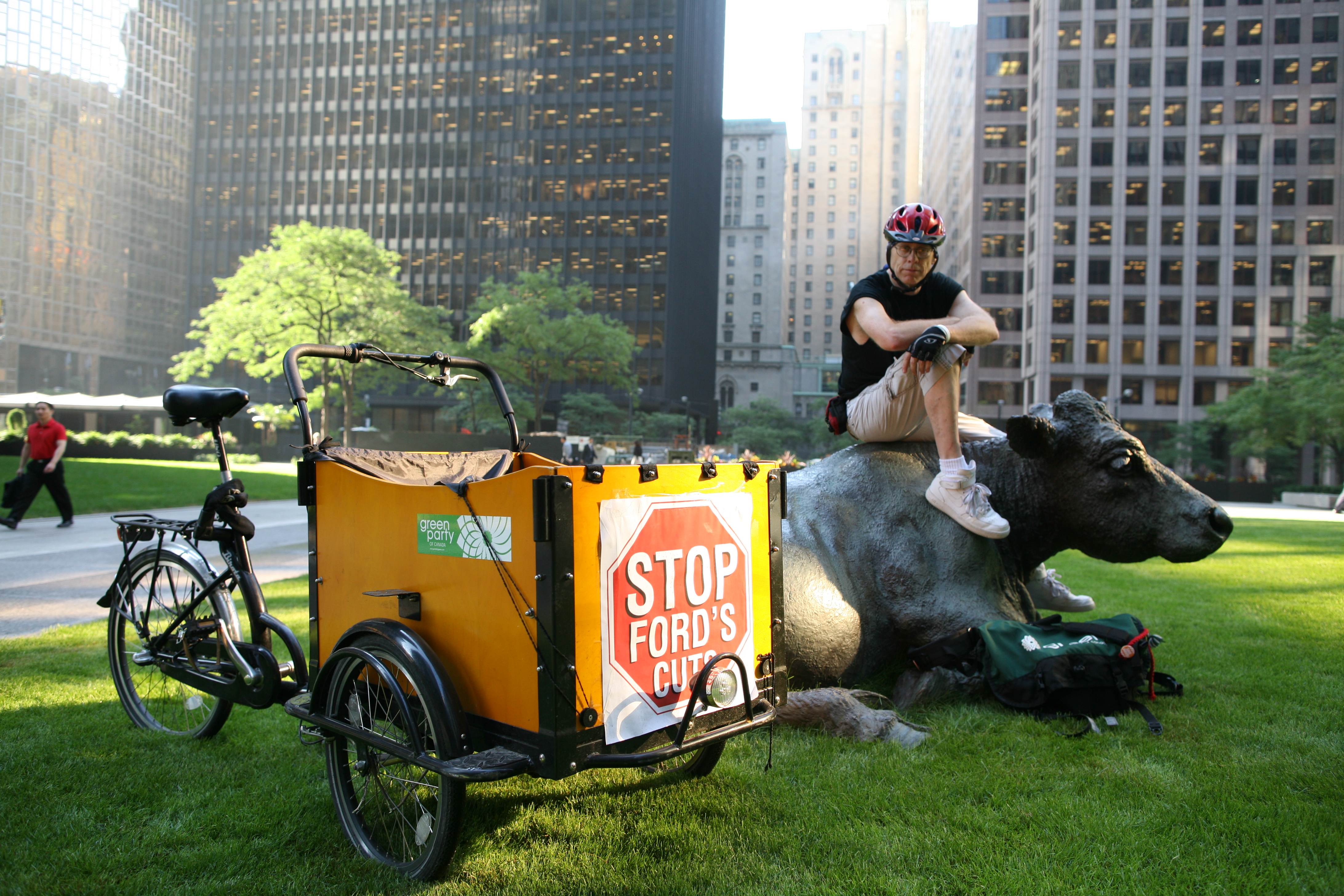A past glimpse of another racist Canada worth remembering today
DISCLAIMER: Centuries of racist, xenophobic behaviour on the part of the originally European-based usurpers of North America – and much of the rest of the globe – provide the sordid foundation for the social inequities we Canadians are still struggling to rectify today. And one fully accepts the fact that any senior, white, male who attempts to weigh in on any part of this continent’s shameful political evolution invites whatever manner of righteous criticism be deemed appropriate, especially given the overdue related turbulence in which we now find ourselves immersed during the isolated summer of 2020. Still as we celebrate Canada Day, I wanted to share a small forgotten part of our troubled nation’s much larger story, which has helped foster my own lifelong – at least always aspirational – path as a third generation anti-racist. I do not pretend to tell the whole story here, and recognize that true heroes/heroines involved are those who were/are the victims of what is now thankfully exposed as another sorry example of the too easily manipulated ignorance at the root of mainstream inhumanity’s herd-mentality.
HAPPY CANADA DAY to ALL!!!

Today, as we Canadians celebrate from coast to coast to coast, we do so under the continuing threat posed by a global pandemic as well as the never before so-glaringly apparent self-realization of the virulent racist story of our evolving country’s past, and present. But hopefully, not our more universally equitable future.
With that in mind, I would like to share a brief, ultimately anti-racist snippet of local Canadian history, which has long been ignored and/or intentionally forgotten by our carefully manicured mainstream society.
Way back in the first half of the last century, Toronto was just starting to emerge from the economic upheaval of The Great Depression. It was 1938 and then forty-two year old Jim Finlay was just taking over as the newly installed minister of Carlton Street United Church.
The old church was tucked away from Yonge Street, just behind the S. S. Kresge’s lunch counter on the busy intersection’s south-east corner. While Jim had been born in the city, following the tuberculosis-related death of his young Catholic mother before his second birthday, he had spent the intervening years being raised by relatives in various parts of both the southern United States and Canada, where the male members of the clan had worked the railroads, and the women had been devoutly involved with the Methodist church.
Jim’s new appointment to the centrally-located Toronto church was seen by both the down-to-earth cleric and his wife, and former childhood sweetheart, Aleta, as a God-sent opportunity to serve a burgeoning downtown urban community. Yet much trepidation also accompanied their wholesale shift from London, Ontario, as they moved themselves, their five children, Aleta’s older sister Myrtle, and the family dog, into the three storey, brown brick house at 24 Wellesley Street East, which the Carlton St. church provided as a ‘manse’ as part of their remuneration deal with its presiding minister.
All moved ahead as well as might have been hoped during that first year, until the reality of the onset of a possible second World War began to monopolize conversation on the street, and within the church. Although, as an already married minister with his first son on the way, pacifist Jim had been conscripted into the Western Ontario Regiment of the Canadian Army during World War I, the carnage had thankfully ended before he was to have been shipped overseas in 1918.
Jim had returned home to his pregnant wife – who had been hospitalized with a severe case of pandemic-deadly influenza – and helped nurse her, and their new baby, back to health. But his life-long anti-war philosophy was already an entrenched part of his world view by the time participation in WWII became a Canadian reality. And this was the message that he now freely and robustly communicated with his growing flock at Carlton Street United.
As one can well imagine, such an overt anti-war stance rang out in stark contrast to the prevailing mood of the day, especially when the Canadian government was revving up support for the war movement, and many of Jim’s ‘patriotic’ parishioners objected to his steadfast message of Christian-inspired non-violence. Where the majority saw the issue as simply the acceptance of a single duty to God and to country, in his role as his community’s spiritual leader, Jim’s position involved a more nuanced approach that demanded recognition of how one must prioritize one’s own duty to God or truth, as well as one’s separate duty to Canada.
Jim Finlay had made his choice with studied conviction, and now having made what was to prove the toughest decision of his long life, whatever the next few months/years would bring, he would have to weather the consequential storm.
By 1939 the ongoing debate within the Carlton St. congregation had spread to the United Church of Canada’s national stage. The Rev. James M. Finlay was one of the eventually 75 UCC clergy-member signatories to a manifesto that appeared in the church’s own magazine, The Observer, entitled, “A Witness Against War.” It is understood our Jim was closely associated with the creation of said document. Not only did he have a central street-level Toronto base from which to encourage the discussion, his sermons were being broadcast across southern Ontario from 11:05 to 12:00 noon each Sunday morning on CKEY radio.
A rift was growing in his relationship with the United Church’s national executive which had become evermore supportive of the war effort, especially in light of the economic aspects of the entire enterprise and its publicly unspoken win/win of getting all those depression-era slackers off the dole and into a uniform. It would probably even do them all good, it was thought.
Now the mainstream print media was also taking notice and a writer from The Telegram was in one of the side pews each week reporting on the content of Jim’s pacifism-centred sermons.
By the spring of 1940 a powerful group of his unpersuaded, more pro-war parishioners organized an official challenge to his ministry. By autumn the result of a full congregational vote on whether or not he would keep his job – and his family’s current home, remember – found that although a majority of members of Carlton Street United Church disagreed with his antiwar stance, they also voted to have him continue as their spiritual leader because they were inspired by his thoughtful conviction that he was right according to the teachings of the church.
A sleazy local tabloid of the day called, “HUSH” had now begun to attack him as a racist and a traitor, arguing that as a perceived enemy of the Canadian war effort, he was himself, a Nazi.
In the aftermath, many members left Carlton, including some of the older and most socially connected families. The split was regrettable, but such is probably inevitable in any evolving church responding to the real life issues of the age. Those who remained were even more determined to follow the path they believed that their faith’s first teacher would have taken.
Jim Finlay took further incoming criticism – including a rumoured threat of legal action from the Ontario Attorney General – in stride while continuing to minister to the day-to-day needs of his wartime-disrupted community over the following year, until December 7, 1941, when Japan’s surprise attack on Pearl Harbour officially brought the USA into the global fight, and took the still simmering local debate – now also fuelled by Canada’s handling of our own nation’s response – to a whole new level.
As one Carlton parishioner later recalled regarding the government’s – and the general public’s – reaction:
As in any time of crisis, we usually try to find a whipping boy to hate and blame all our troubles on and the Japanese, mostly born in Canada, were singled out for this purpose: uprooted from their homes, moved into camps and shipped far from their homes, which were confiscated in most cases and sold for a song.
Or as one federal cabinet minister from British Columbia said, in pushing the Canadian government to take action:
It is the governments plan to get these people out of B.C. as fast as possible. It is my personal intention, as long as I remain in public life, to see they never come back here. Let our slogan be for British Columbia: No Japs from the Rockies to the seas.
A young B.C. born and raised Canadian was already a medical student at the University of Toronto and had been a member of the Carlton St. congregation for some time prior to the onset of war in the Pacific. He came to Jim after receiving a letter from his also Canadian-born, second-generation Japanese (Nisei) sister on the the west coast, informing him of her young family’s suddenly ongoing plight, asking his minister if there was anything that might be done to help.
The husband/father of the persecuted west coast-based family in question had been a well-known professional baseball player who was also a Canadian-born citizen, as were their four B. C.-born children who were third generation Canadians. Here he later recalls the experience in a 1984-penned letter to the Government of Canada:
Almost immediately after the Pearl Harbour attack, I received a letter from the R.C.M.P. advising me to report to their Headquarters. I was not quite prepared for the shocking news that awaited me. They informed me that I would be sent to the road camp in Schreiber, Ontario within a week.
I am a Canadian citizen, and yet I was treated like an enemy alien. I had a wife and four small children ranging in age from four month-old twins to a seven year-old daughter. The mere thought of being separated from my family was the most painful ordealI have ever had to endure. We pleaded with the Security Commission to allow us to stay together as a family but our petition fell on deaf ears. My family prepared to go to one of the internment camps and I to a road camp.
Then about a week before our departure for our unknown destinations, a ‘miracle’, it seemed, happened. We received a telegram from Rev. Finlay inviting us to come and stay with him and his family until we were able to find a place of our own.
I cannot express the deep emotions we felt as we read the telegram. Rev. Finlay had heard of our plight – the tragedy of evacuation from the West Coast, from my wife’s brother whom he had met at Carlton United Church in Toronto, known as “A House of Friendship”.
Despite the fact that the sentiments of the general public in Toronto were not favourable towards the Japanese people, Rev. Finlay had the courage to invite a family of six – total strangers to him – into his home and helped ease the suffering and confusion of those days, inflicted by the blindness and insensitivity of fellow-citizens.
We lived with the Finlays at the parsonage for seven months, during which time we were treated as members of their own family. Mrs. Finlay was a gracious lady, whose compassion and understanding sustained us through our sojourn at the parsonage. I can never repay the debt I owe to Rev. and Mrs. Finlay for all the help they gave us during our most difficult time. I am particularly grateful to Rev. Finlay for taking the time to drive me all over the city to help me find a job and a suitable house for us to buy.
I know that once Reverend Finlay learned the facts of what the Canadian Government was doing to its own citizens, he needed no further encouragement cry out in thunderous protest against “man’s inhumanity to man”. He was the first minister to preach those challenging sermons, concerning the plight of the Japanese in Canada.
– Ed Kitagawa, nominating Jim Finlay for the Order of Canada, Dec. 10, 1984
I can think of no better way to end this chapter of the much larger story referenced in my opening disclaimer, except to leave you with Jim Finlay’s January 1943 note to his by-then former houseguests, as an epilogue:
You will never know how much the Finlays miss the Kitagawas. You never made a great deal of noise at 24 Wellesley. As a matter of fact, Mrs. Finlay and I used to marvel at how quiet so many people could be. But oh! what a quietness has been there since that Friday night. Certainly for a while, silence fell in chunks. It was like a great aching of something close to your heart that had been taken away. To tell the truth, that is what it really had become in the last six months. We shall always be very thankful to God that, if the Kitagawas had to be pulled up by the roots, and go through the very serious adjustments that these days demand, that in it all He gave to us the high privilege of letting you live close to us for a little while. Something very deep and rich has happened to our hearts because of your presence and that of the youngsters with us.

NB/ In that last line Jim Finlay speaks to his compassionate underlying philosophy of teaching by example for those generations that would follow in his footsteps. Two of the “youngsters” to whom he refers who also lived in that crowded house – and would have watched all of this history play out in real time as high school students at nearby Jarvis Collegiate – were the Finlay’s two teen-aged daughters, Marion and her little sister, (and my own dear mother) Lois.
PS/ I am further happy to report that I also see signs of the continuation of that same natural acceptance of anti-racist truth in our own great-granddaughter and many of her generation.
Again, HAPPY CANADA DAY!!!
ONWARD!!! OXO
![]()
![]()
![]()
![]()
![]()
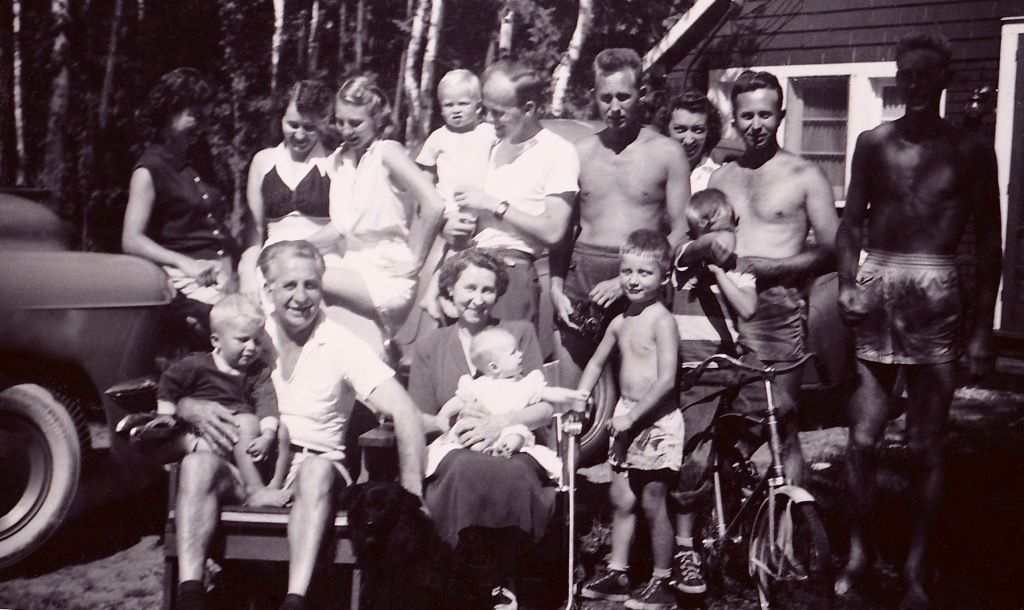
The Reverend Dr. James M. and Mrs. Aleta Finlay, pictured around Canada Day, 1952, with much of their still growing family at their modest clapboard summer cottage near Brock Beach on Georgian Bay.
